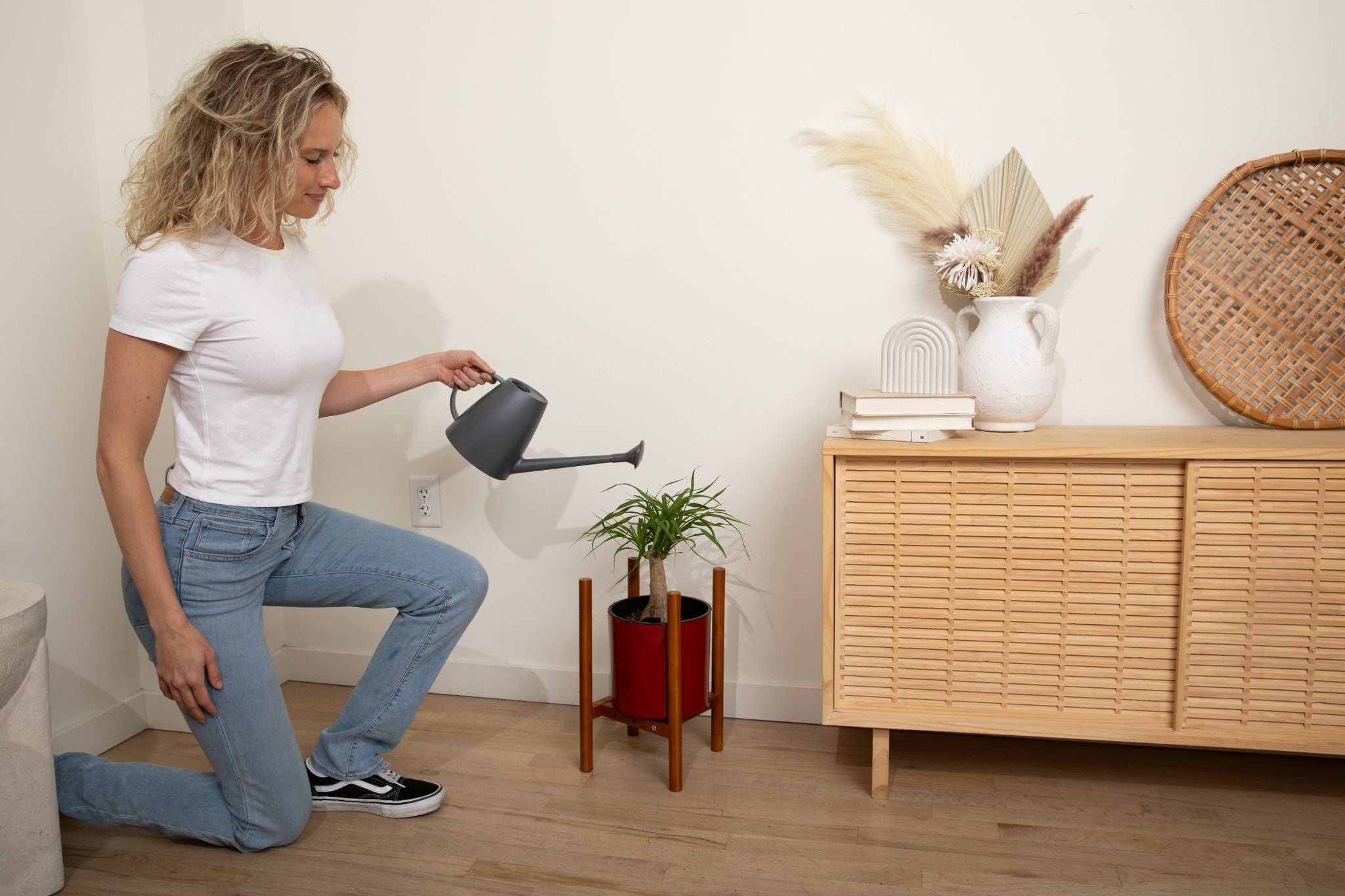Orchid Identification Part 2
Oncidium
The Dancing Lady orchid delights with brilliant sprays packed with flowers. Yellow, tricolor, or the popular red sharry baby (that smells like chocolate), these are orchids easy to grow. Oncidiums have a habit of growing up and out of the pot as though they are trying to grow up a tree trunk. Oncidiums like to be evenly moist and if subjected to periods of dryness will grow leaves that have an "accordion" look to them. One option is to layer a bit of sphagnum moss on top of the media to increase humidity, just be careful that it is below the level of the pseudobulbs.

